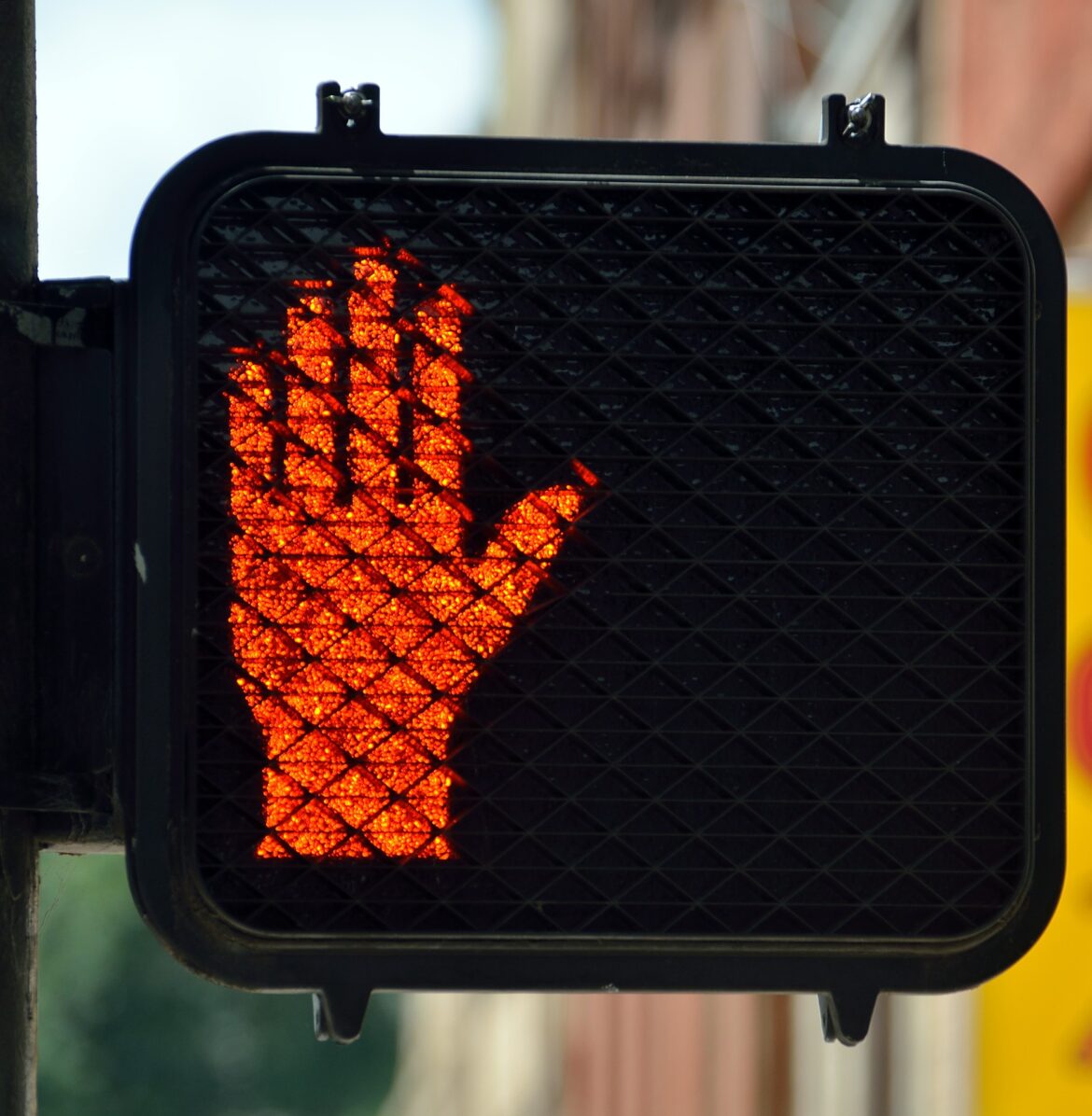Intersectionality is an analytical tool that recognises that systemic inequalities are configured from the superposition of different social factors such as gender, ethnicity and social class. Consequently, both the disadvantages and the privileges that a person has at a given moment particular time and place cannot be understood by examining in isolation the various elements of their identity. On the contrary, attention must be paid to the set of power relations that affect it, including those forces at the macro-level such as colonial past and poverty; and then forces at the micro-level, which include a person’s health status and the structure of their family or community.
Intersectionality can be applied both for legal and public policy analysis, as well as in advocacy and research methodologies. Its analytical value lies in making visible the differences between women, men or any other group of people and, in turn, considers the effects of systems of discrimination such as sexism, racism and classism. Why should legislative work be intersectional? Intersectionality makes it possible to identify how the proposed legislative initiatives will have a positive or negative impact in different individuals and social groups. In addition, it guarantees that the laws, regulations and public policies are designed in such a way that the diverse experiences of those who make up the national population are included, thus avoiding sole thinking and solutions. Therefore, with the aim that such laws and public policies are more responsive and effective for the benefit of the greater possible number of people.
The nuanced vision and perspective additionally provided by the extensive consultation and intersectional analysis will promote a better service to citizens. Adopting an intersectional approach can, however, lengthen the time of the traditional procedures or standard legislatures. In addition, you may require additional technical specialists and political will. However, it is highly probable that its results will lead to the advances desired in relation to sustainable development and economic prosperity for all.
When evaluating bills or policies that address the problem of violence against women or men, it is important to consider that gender is only one of the many elements that shape the experiences of those affected and their ability to seek help. For example, some of the reasons why survivors of situations of violence decide not to report can be: their immigration status, psychological trauma, economic dependence on the person who perpetuates the abuse, isolation in rural areas, or previous experiences with the criminal justice system. Women’s groups are often well positioned to provide information to women laws and legislators about the main barriers they face in gaining support.
Making a consultation or receiving information from civil society through a review process could generate critical knowledge that ends up strengthening the solutions proposed when it comes to address some of the underlying causes of inequality. This could also ensure that the proposed solution does not reinforce the status quo, such as imposing an exaggerated burden of responsibility on the survivors or creating additional risk for those living in situations of violence. What does intersectionality tell us about women’s experiences? Intersectionality reveals the limitations in the use of “woman” and “man” as categories of analysis closed or homogeneous, highlighting the diversity that exists within social groups that, otherwise could be ignored.
When examining a problem such as the underrepresentation of women in politics, intersectionality, for example, reminds us that it is important to consider the variety of factors that can create barriers to access, such as mobility or care work and domestic responsibilities. Each of these factors must be understood and considered in planning so that solutions are not inadvertently designed in such a way that they only benefit people from certain backgrounds.
An intersectional response to this issue requires asking questions such as:
- How can the political process become inaccessible to people who want to participate?
- What kinds of obstacles might women belonging to minority groups be facing or for others who are related to marginalised groups?
- How can the formal channels of political participation be diversified so that they benefit from more perspectives and political representation?
Intersectional actions put us at risk of ending up making policies of micro-identities, which in turn identifies specific targets of various axes of inequality. In this sense there is a danger that the reflection of intersectionality becomes an overview of infinite combinations and implications of overlapping identities (looking at increasingly specific social groups), instead of focusing on the power structures and exclusion process itself. Part of the intersectionality theory shifts attention on the use of identities with categories, in particular gender and race. Consequently, the effect of power and identity are socially constructed within the framework of power relations. This identity politics can also tend to homogenise and essentialise the group. This results in a range of identity categories that are often restrictive and have exclusionary effects.
Therefore, we must be critical about how we reproduce identity categories that generate exclusions. When we think of “the woman”, “the immigrant”, “the young person”, are we considering that no-one can have part exclusivity within one of these categories? Or do we contemplate that all these categories intersect with each other and with other axes of social inequality? Delving deeper in these conceptions would imply that there is no such thing as an “immigrant”, but rather a person who has migrated with their own personal identity which encompasses a gender, a sexual orientation, social class, beliefs, etc.
Once these provisions have been noted, where fundamentally identity categories are constructed in a non-essentialist and fluid way, in turn they can also be used strategically to contribute to resilience, empowerment and reform within the discriminatory social frameworks seen throughout society.
Sean Campbell



